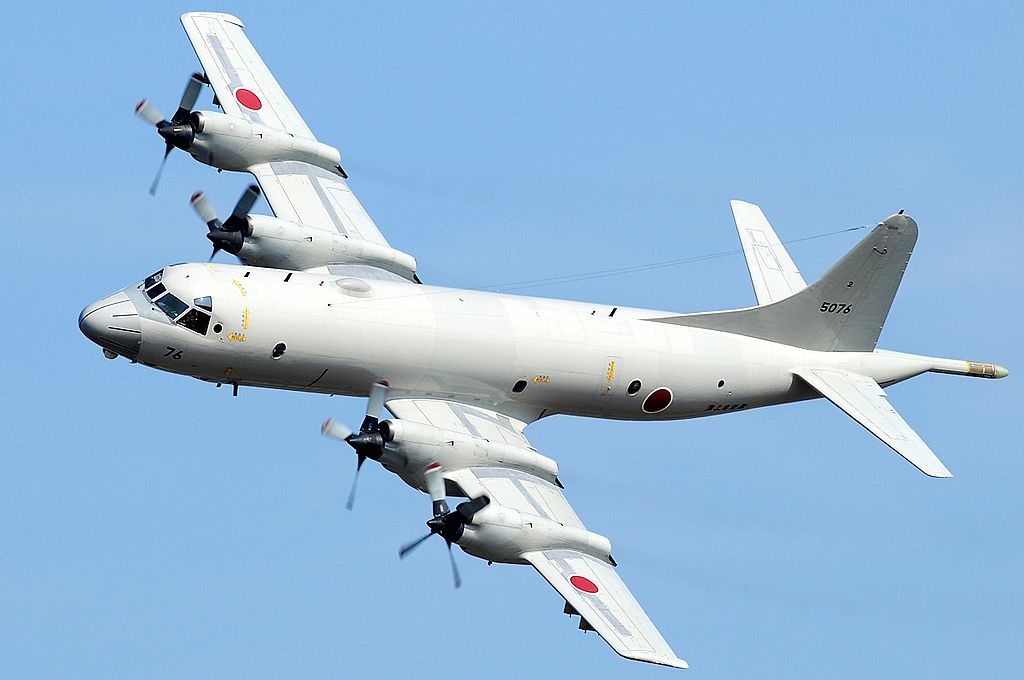
SHAH ALAM: Rafale, no. No deal for Rafale, that was the main thrust of the joint press conference between Prime Minister DS Najib Razak and visiting French president, Francois Hollande.
The press conference was held after Najib and Hollande hold talks in Putrajaya as part of the state visit.
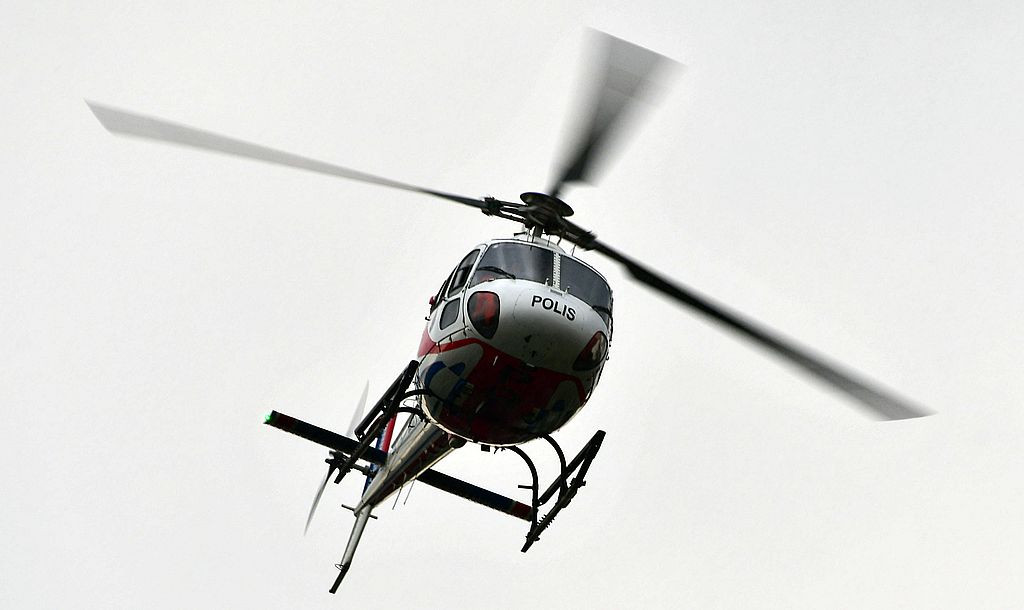
From Bernama:
Malaysia’s Prime Minister Datuk Seri Najib Tun Razak said Malaysia was looking into the possibility of a deal with France but not ready yet to make a decision.
“We take note of your (Rafale) success in several countries and the possibilities of that particular aircraft being a subject of cooperation and collaboration with those countries as well,” he said in a joint press conference here today with visiting French President Francois Hollande.
Hollande arrived in Malaysia yesterday for a two-day state visit to Malaysia.
Hollande said France would provide the necessary support to Malaysia in relation to the Rafale, manufactured by Dassault Aviation SA.
“I know you will be making a decision and against that background, we want to provide necessary support.
“Our ministers are already working to that effect, all I would like to say is that Rafale is the best jet in the category. We propose to discuss the prices and the specifications,” he said via a translator
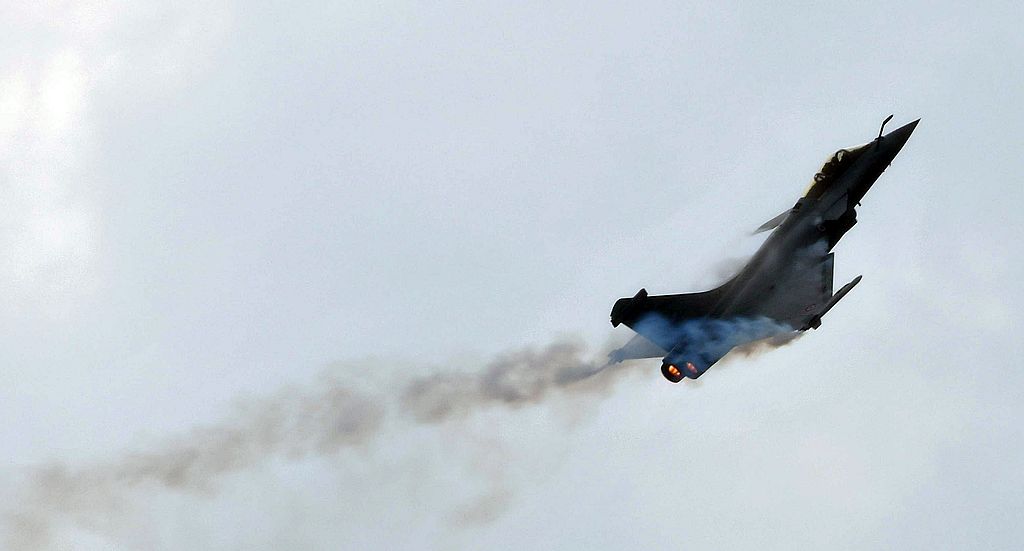
Signing the Rafale was supposed to be the centrepiece of the visit but I guess it was not to be. Even the planned flypast of the Rafales and the RMAF Airbus A400M did not take place.
Instead, one of the two Rafales which came for LIMA 17 took to the rainy skies of Subang to perform a display for the French president at the Subang airbase.

Anyhow, apart from the Saudi/Kuwait aircraft, Malaysia has also been offered surplus P-3C Orions MPAs from Japan. The Defence Ministry is hoping Japan will pay for the refurbishment costs just like what happened with the two ex-Japanese Coast Guard ships donated to the Malaysian Coast Guard.
Japan paid for the RM26 million refurbishment cost of KM Pekan, the media was told at LIMA 17.
No one can tell me the cost of refurbishing the four aircraft offered but RMN chief Admiral Kamarulzaman Badaruddin said that if accepted that the Orions will be stripped of the submarine hunting equipment and no weapons will be donated as well. The other surveillance gear will be maintained.
Japan has some 81 Orions in service with its navy. These aircraft were licensed built by Kawasaki of Japan, which is manufacturing their replacements, the P-1 MPA.
The Orions are suppose to be a gap filler until we get new MPAs, that’s the reason they are trying to get them for free. If we are paying for the refurbishment, we might as well used that money to buy new MPAs.
*updated to say why we want the Orions only if it is FOC.
— Malaysian Defence
.
If you like this post, buy me an espresso. Paypal Payment

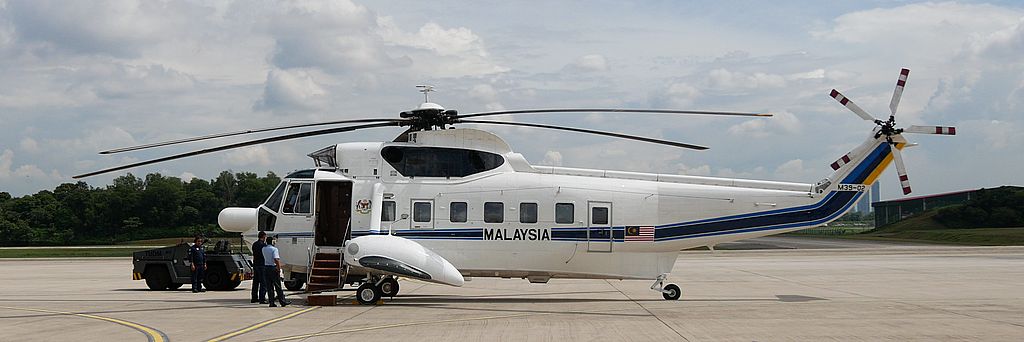
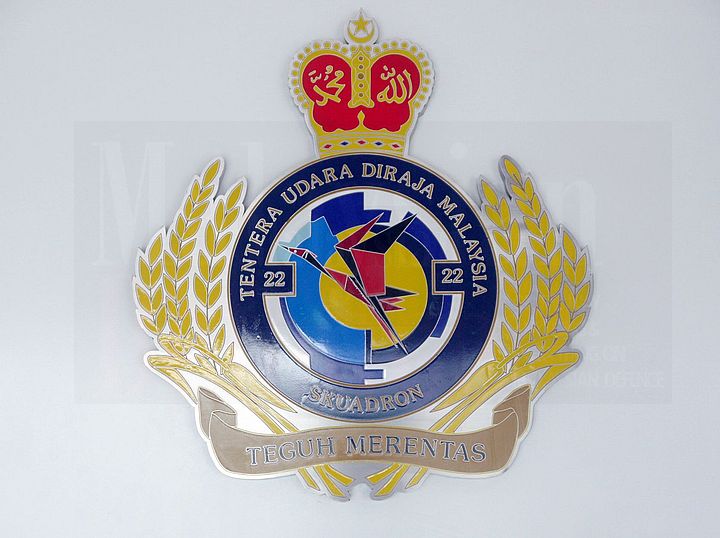

Marhalim, if accepted, those P-3 Orions would be under the navy or the air force?
Reply
Most likely air force as they’re the only ones with experience in operating multi engine fixed wing aircraft
For KL residents tomorrow (29/3/2017) there will be a flypast of the Korean Air Force – Black Eagles Aerobatic Team around KLCC.
There will also be a photography competition during the special fly past in Kuala Lumpur.
Members of the public are invited to post their best photographs of the Black Eagles in Kuala Lumpur with the hash tags #BlackEagles.KR, #LIMA17 and #KementerianPertahanan. Make sure that the privacy settings are set to “public”.
“cut and paste from the star newspaper”
Reply
Yes I forgot to add this in the Rafale story
The submarine hunting equipment shouldn’t be removed as it isn’t considered weapon but sensors. Japan’s policy of not exporting weapon is understandable, but since the said equipment isn’t offensive why remove it.
Reply
The sonobouys are expensive stuff we cannot afford them. So why burden the aircraft with things we are not going to use
A silver lining is that former Japanese P-3s might be a bit younger than ex-US ones which on average are more than 40 years old. Another issue is what happens if we accept 4 P-3s courtesy of Japan? Will that be all we operate until they retire or will we still buy MPAs from elsewhere? We don’t want to be in the position of having to support 3 different types of MPAs. Lots of planning involved and the P-3 [being an older design] is maintenance intensive but on paper an ideal operator of ex-Japanese P-3s would be the MMEA.
Faisal – ”The submarine hunting equipment shouldn’t be removed as it isn’t considered weapon but sensors.”
”Sensors” to detect and enable the persecution of sub surface contacts.
before we go any futhr… rmaf shud equipt TCAS in all the c130 1st…seriously only few of our c130s can fly to the states… RMAF seriously need cash to operate its current fleet.
Reply
The stalled Hercules upgrade was supposed to include the TCAS solution. There is no need for RMAF to fly the States
Uncle… let’s move on since we don’t have the “duit” to buy the Rafales.
Here’s a thought. Would you entertain the idea of TUDM (if we have the money just play along please) buying 8 new Super Hornets plus 2 Growlers so that would complement our Hornets to the max 18 jets.
Sell off the Migs back to Russia and in return get 8 attack helos. Possibly Kamov Alligators.
What do you think, uncle?
Sonar buoys are littered in the SCS.
Reply
Sonar buoys are not recyclable
Its all about political will..if im the pm ill put the priority on mrca,sam,mpa with subs hunting capabilities,aew aircraft..
New enlarged highway to east coast instead of railway..u can see karak highway congested every time and everybody opted to use cars not train.
Maybe we can use the Orions for 10-15 years.
When time for replacement, there will be more unmanned MPA options then.
Currently only US Global Hawk or Triton but there should be other countries producing them by then.
On a lighter note, if the trend for adopting used aircraft and ships continues, future edition of LIMA would be the biggest exhibition of used ships and aeroplanes.
After a long lull, TEMPUR is back in circulation, May 2017. Same team, thinner magazine. A welcome addition to local magazine stand, another info stream in BM for those interested.
If Japan executed the Orion donation like Marlin and Pekan, I think we can accept it. Orion is packed with naval/military-grade gears, and I believe its better TUDM operates it as they have the skillsets.
Reply
In the back maybe but the flight crews should be RMAF.
nimitz,
The ideal solution is for MPAs to be jointly operated by the RMAF and RMN. The tricky part is determining which service pays for running the MPAs. The RMAF will argue that the bulk of operational funding should come from the RMN.
Ahmad Zaki,
Last month’s AFM mentioned the cost of the sonabuoys deployed from P-8s and how operators have to resort to cheaper alternatives for training.
The only credible way for ASW from a MPA aircraft is by using sonobouy. Using MAD detector is very hit and miss, as the sea is filled with metallic objects that could effect the magnetic field. So as sonobouys are expensive, and we only need to sweep a small area of water for subs (the south china sea is the biggest), subhunting can be left to those LCS with towed sonar arrays. So our MPA for cost reasons should be without ASW suites if we cannot afford to regularly expand sonobouys.
Sonobuoys tend to be only expended after the crew has information that a contact is in the area; detected via MAD, radar or other means. Ideally the LCS and whatever MPA we get [assuming its ASW configured which I doubt] will work in tandem.
Currently the US Navy P-8 Poseidon, has totally dispensed with the MAD stinger, and totally depends on sonobuoys for submerged submarine detection. Reading MPA crew stories (mostly those P-3 crews), the MAD rarely functioned as advertised, and almost useless in waterways with heavy commercial shipping traffic like the melacca straits and south china sea.
Well that’s the P-8; most of the rest of the world for the foreseeable future still relies on MAD or radar as the main means of detection followed by the dropping sonobuoys. Sonobuoys are almost never dropped until there is certainty that a sub is in the area. A capability the P-8 will have in the future is to detect contacts and launch a torp at high altitudes.
Our main hunting grounds for ASW would be in the South China Sea and the Andaman Sea. In many other areas water are shallow and subs can often be seen from the air. Not to mention the fact that in the littorals local conditions can play havoc with sonar and a sub CO operating in local waters will have a home ground advantage [another reason why survey work is so vital].
MAD Magnetic Anomaly Detection, senses the change/diversion of earth’s magnetic field due to large metallic objects. But many recent subs are made with non-magnetic alloys and like Malaysian navy, puts its submarine through regular Degaussing procedures that is a very effective countermeasure to MAD detections. So nowdays as an effective way to find submerged submarines, MAD is not the useful tool it was in the olden days.
Yes survey work is very important for sonar work, even with that information, dechipering the signals from noisy waterways are very hard work. That is why submarines are very2 feared in naval warfare.
…….. – ”puts its submarine through regular Degaussing procedures that is a very effective countermeasure to MAD detections. ”
Actually, the traditional reason for degaussing ships and subs was to make them less vulnerable to magnetic mines. I’m not aware of the effects of degaussing subs against MAD. Plus, there is the matter of ships and subs often not being degaussed on time – quite common – due to various factors. Modern designs may make use of non-magnetic alloys but there will still be lots of metal parts.
I’d go with ATR MPA. ATR has pretty expansive support in malaysia considering that both maswing and firefly use these aircrafts and RMAF could source parts from existing source (probably cheaper as well because of economic of scale)
Reply
The ATR is for a future posting
Yes, on paper the ATR would be a good candidate for not only the RMN but also the MMEA. Has sufficient internal space plus the range and endurance for our needs. More practical and cheaper to maintain in the long run compared to high mileage pre owned P-3s. The problem is; a lot of the merits the ATR has is also shared by the CN-235. One can also make the argument that CN-235 as MPAs offer its shares of merits; given that we already operate it.
Both ATR and CN-235 are arguably very capable low cost platforms.
For commonality sake, CN-235 should be a a better option for TUDM, as all the flying procedures (pilots), maintenance (technicians, engineers), ground support equipment, spares and support are already available in the air force. The ATR, although a common aircraft in the region, would require the airforce to add another level of competency in the air forces resources.
As for the P-3’s, yes most of those going to be retired has high flying hours which would require a lot of maintenance. Those countries that are planning to continue flying the P-3 (New Zealand, Chile, Brazil, Germany) has put their aircrafts through some major rebuild and modernisation, often with major structural repairs including adding a brand new wing. Without the issue of the aircraft having high flying hours, the P-3 operating costs are quite similar to the C-130 Hercules.
Definetly Rafale !!!
http://m.utusan.com.my/berita/nasional/malaysia-pertimbang-beli-jet-pejuang-rafale-1.463304
Rajit,
Nothing is definite until a firm contract is actually signed and cash changes hands [then again one is reminded of Thailand ordering Hornets but having to cancel them and pay compensation – not saying it will happen to us]. At one point we can very close to getting Tornados. We are at minimum 2 years away from actually signing a contract; anything can happen in between….
……. – ”Both ATR and CN-235 are arguably very capable low cost platforms.”
Low in comparison to larger and heavier platforms indeed but the interesting question is really which will be cheaper to operate and maintain; not only in terms of fuel usage but also in terms of which platform will require more post flight maintenance hours. The number of sensors/electronics fitted will also determine the actual long term operating and maintenance costs.
….. – ” the P-3 operating costs are quite similar to the C-130 Hercules.”
Which is high and is one reason why countries haven’t been eager to get MPA configured C-130s – similarly the idea of having C-130s with a AN/APS-145 [despite it being offered] hasn’t caught on. Thailand operates a pair of pre owned P-3s but these were delivered minus their ASW gear.
On MAD, despite its limitations there is really no other way for an MPA to detect a submerged contact unless of course it was sent to the area after the contact was detected by other assets [whether ships, underwater sensors, ELINT or satellite] or was spotted from the air. Sure with the P-8 it’s different but then the P-8 is generations ahead of any other MPA and technology incorporated on it won’t be available on other designs for some time yet. Until a replacement is available; older MPAs such as the P-3, Atlantique and Il-38s will have no choice but to rely on MAD as their main on board means of detection before the release of sonobuoys.